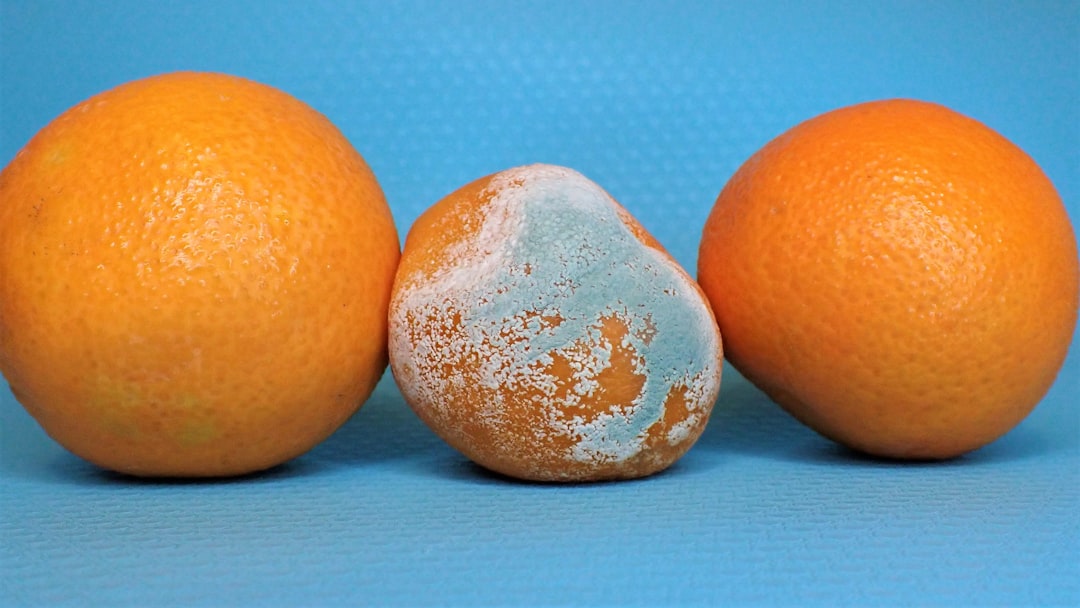- The Daily Tonic
- Posts
- When is moldy food okay to eat?
When is moldy food okay to eat?
Plus: Be careful with the melatonin.
DEEP DIVE
Is All Mold Bad For You
When we talk about mold, most people will immediately scrunch up their noses, thinking of spoiled food and health risks. But did you know that not all molds are harmful? In fact, some molds aren’t just safe but are also intentionally used in food production, adding distinct flavors to cheeses and cured meats like salami. That’s right—your favorite charcuterie board is probably full of tasty mold.
The key to determining whether moldy food is safe to eat often comes down to whether it was meant to have mold as part of its processing. If you bought it with the mold already present and intended, such as with certain cheeses, then it's safe, assuming you don't have any allergies or sensitivities.
You might think the "sniff test" could help you decide if moldy food is bad. However, that method might be doing a lot more harm than good. Smelling moldy food can introduce mold spores into your respiratory system, which is something you definitely want to avoid. So, the next time you find mold on food, resist the urge to give it a sniff to determine its safety. I wouldn’t try wafting it (remember wafting from science class).
So, if there is a little mold, can you cut the moldy part off and eat the rest? This depends mainly on the type of food. Hard vegetables and hard cheeses can generally be salvaged by cutting around the moldy spot, as long as you remove a generous portion around it.
But for soft vegetables, fruits, soft cheeses, bread, and other porous foods, it's best to throw them away entirely. Mold can spread beyond what's visible, infiltrating deeper into soft foods where it can't be seen or easily removed. If you see a little bit of mold, chances are the mycelium roots have made their way into most of that food.
There's also a common misconception that a bit of mold could boost your immune system. The truth is that eating mold is not beneficial for your health—like at all. Moldy foods can harbor not only the mold itself but also other harmful bacteria. Consuming these can lead to food poisoning, which definitely won't make you healthier. It might help you shed a couple of pounds, but trust me—that's not how you want to do it.
And while penicillin, a product of certain mold species, has its place in medical treatment, the mold found on spoiled food isn't a source of beneficial antibiotics. In fact, indiscriminate consumption of antibiotics, including those from mold, can disrupt your gut bacteria and lead to serious health issues. There is no way around it—eating mold isn’t doing your health any favors.
But then, some people might argue, "I've eaten mold before and felt fine." This perspective overlooks the potential unseen impacts mold can have on your health. Just because you haven't noticed any immediate ill effects doesn't mean the mold hasn't harmed you. So many people on the Standard American Diet have grown so accustomed to feeling "low-level ill" that a bit of mold might not make them feel any worse. That doesn’t mean it isn’t contributing to the reasons that are making them feel so crumby.
The key takeaway? While molds play a fascinating and sometimes delicious role in our culinary world, we must approach them with caution. Not all molds are created equal, and knowing which ones are safe is important. Stick to consuming molds that are intended to be part of your food and steer clear of any unintentional mold growth. Remember, when in doubt, it's always safer to throw it out. I promise you—the fuzz growing on that fruit sitting in your fridge will not do your health any favors.
TOGETHER WITH MERRY MAKERY
Elevate your work and life with fun templates and savvy tips to live smarter, not harder. Kick off your week with a free Monday morning mood lifter - do less, enjoy more!
|

